
14 minute read
Oakland author Courtney Martin’s latest
XPIXEL
Teachable Moment
Courtney E. Martin’s ‘Learning in Public’
BY Lou Fancher
Reading Courtney E. Martin’s new book, Learning in Public: Lessons for a Racially Divided America from My Daughter’s School (Little, Brown and Company) is a lot like sticking one’s hand into a potted rose bush to test the moisture of the soil. The Oaklandbased feminist, author, speaker and activist chronicles her story, as a »
PHOTO BY RYAN LASH
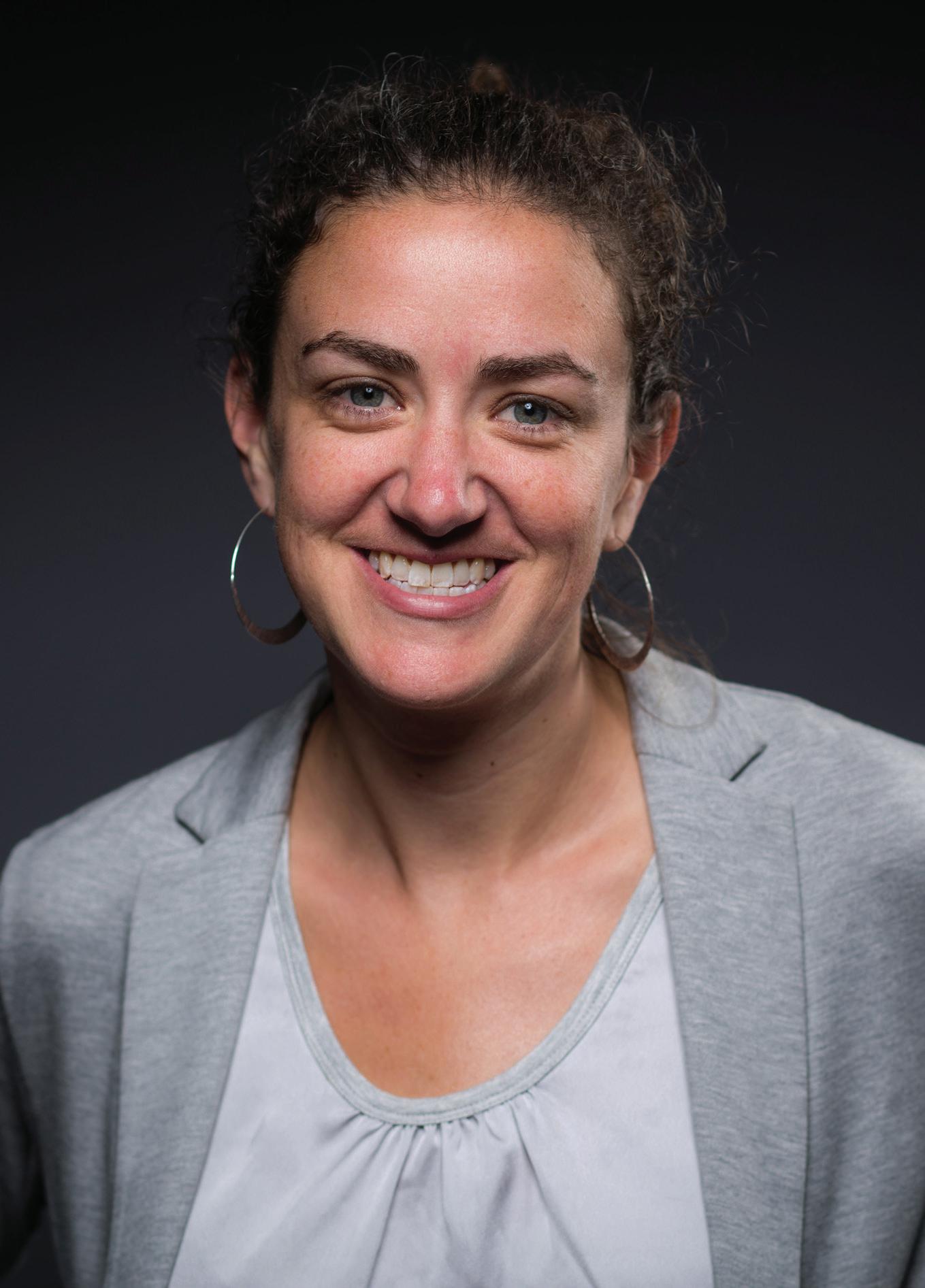
LEARN Oakland-based feminist, author, speaker and activist Courtney E. Martin chose to enroll her child in Emerson Elementary, a predominantly Black public school in Oakland. new mother, of choosing to enroll her first child in Emerson Elementary, a predominantly Black public school in Oakland. The author, her husband and their two daughters are white. Irrespective of whether or not a person is a parent or caretaker of a child, almost every reader “reaching in” to Martin’s prickly experience while confronting her white bias is likely to experience bloody wounds and yes, find that the dirt/bias embedded under their own fingernails far outlasts a simple hand rinse.
Why this floral, plant-tending, scent-suggestive metaphor? Because along with Martin’s finely crafted sentences and the attraction of briskly brief chapters that burst forth with the saturated, full-spectrum color typical of roses, this alluring, 320-page book is about race and its permanent stench.
Martin grapples, at times, with frequent grace, and at other times with glaring white blindness, through thorny racism that is woven throughout United States history and remains an ever-present part of today’s reality, including in public and private K-12 schools. Truth be told, racism and racial discourse in America have not changed much in 400-plus years. Regardless of age, racial identity, socio-economic status, political position, degree of education or any other self-identifying classification, parents and educators more often than not don’t know how to talk about it without hurting themselves or other people. Why are we obligated to reach into the soil? Because just as not recognizing the moment when water to a plant »
The California Jazz Conservatory: 25 Years at the Forefront of Jazz Education
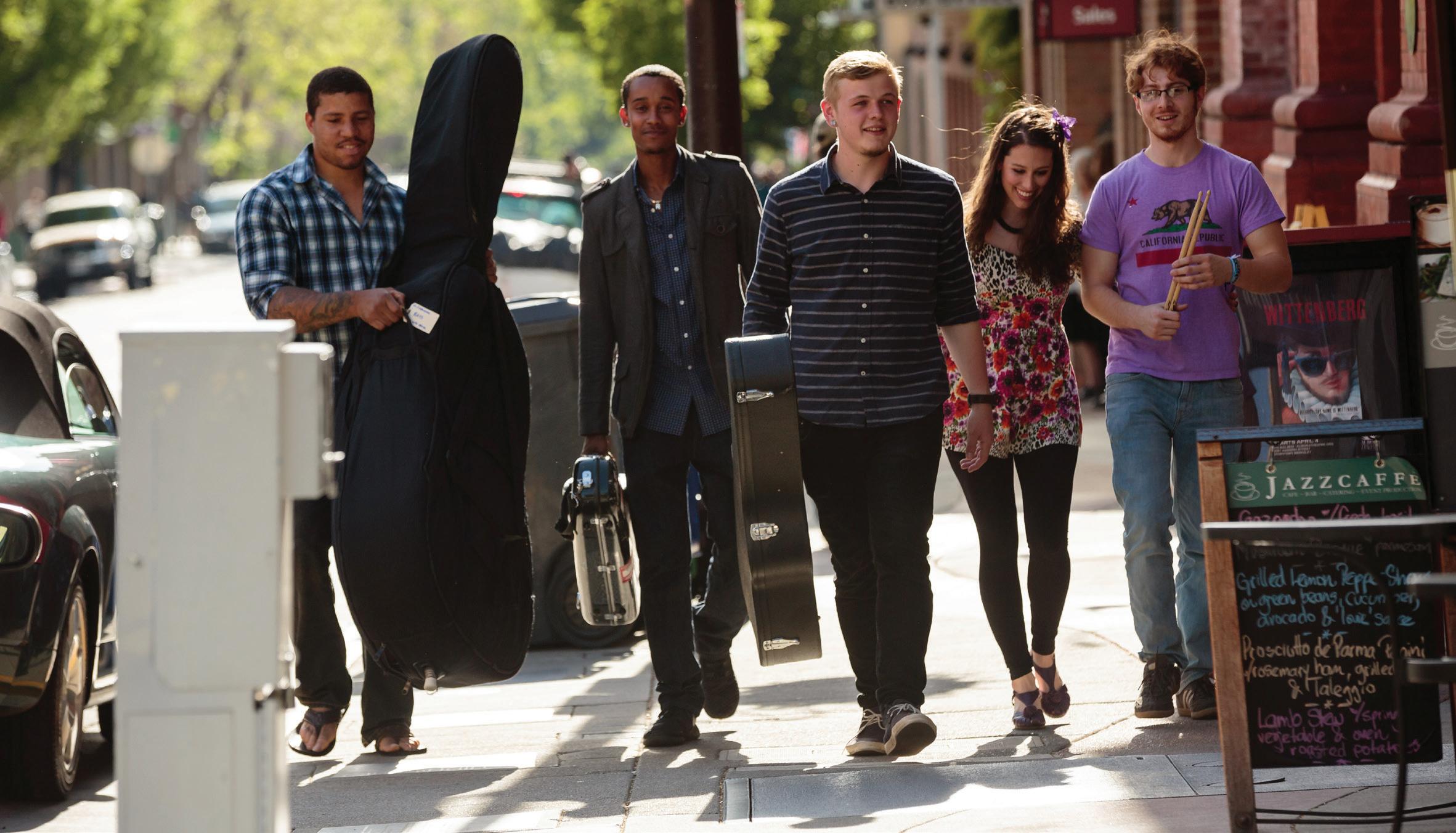
What started in 1997 in Berkeley as a community music school solely devoted to jazz has grown to become an internationally recognized, accredited, educational institution.
California Jazz Conservatory, Inc. comprises two distinct music education programs:
California Jazz Conservatory – the only music conservatory in the country solely devoted to the study and performance of the AfricanAmerican art form, jazz, awarding Bachelor, Associate and Master’s degrees in Jazz Studies;
Jazzschool Community Music School – a leading community education program, offering hundreds of non-degree-granting Classes, Workshops, Camps and Intensives throughout the year.
We invite you to visit cjc.edu for more information about our programs and join us in our next 25 years at the forefront of jazz education.
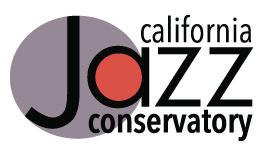
Dynamic Futures in Math: O’Dowd Moves Students Ahead of the Curve

“T here’s a problem with how we teach math in the United
States,” explains Carlos Trujillo, chair of Bishop O’Dowd High
School’s math department. “The standard course sequence dates back to the Industrial Revolution.
It’s not setting students up to master the skills they need to succeed in today’s world.”
In response to leading-edge research from the Stanford Graduate School of Education, The University of Chicago, and a growing cadre of mathematicians, data scientists, teachers, and education policy leaders, O’Dowd’s math department has developed an innovative two-year course sequence that supports students to accelerate their math skills and reach advanced and applied math classes in computer science, calculus, and statistics faster than they were before.
“Our students will master the technical vocabulary, notational fluency, analytical skills, and conceptual thinking that matters for problem solving,” says Trujillo. “We are one of only a few high schools in the nation that teaches multivariable calculus, which lays the mathematical foundation for machine learning and theoretical computer science,” Trujillo continues. “O’Dowd is committed to preparing our students to be drivers and innovators in STEM careers that transform our world.”
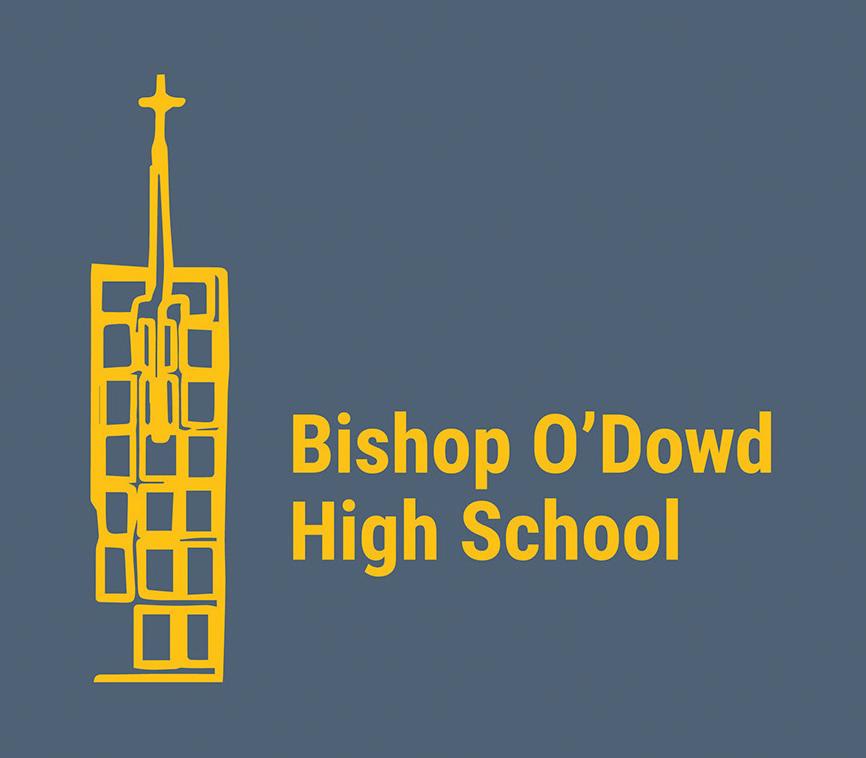
BERKELEY REP SCHOOL OF THEATRE
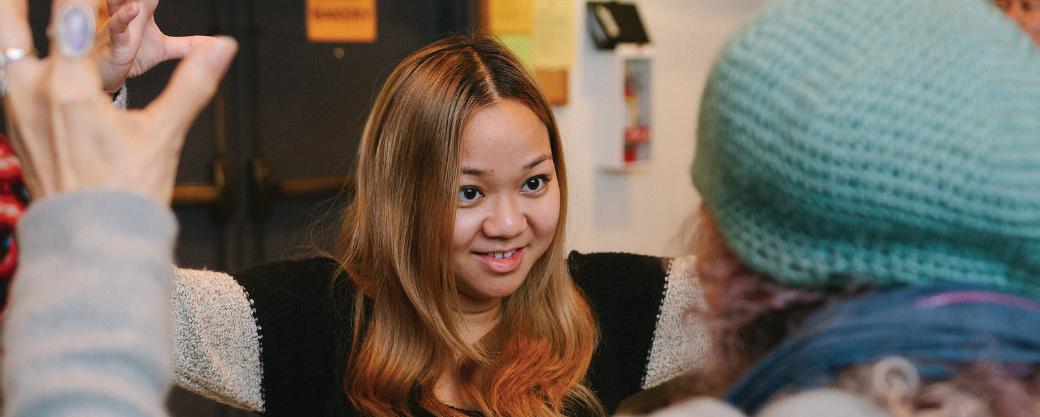
Share Your Story, Harness Your Imaginative Power
In-person and virtual winter classes for all ages, levels, and abilities on sale now at the Berkeley Rep School of Theatre! Plus—join us in-person for our most popular summer programs. Space is limited—registration begins January 17! BerkeleyRep.org/School | 510-647-2978
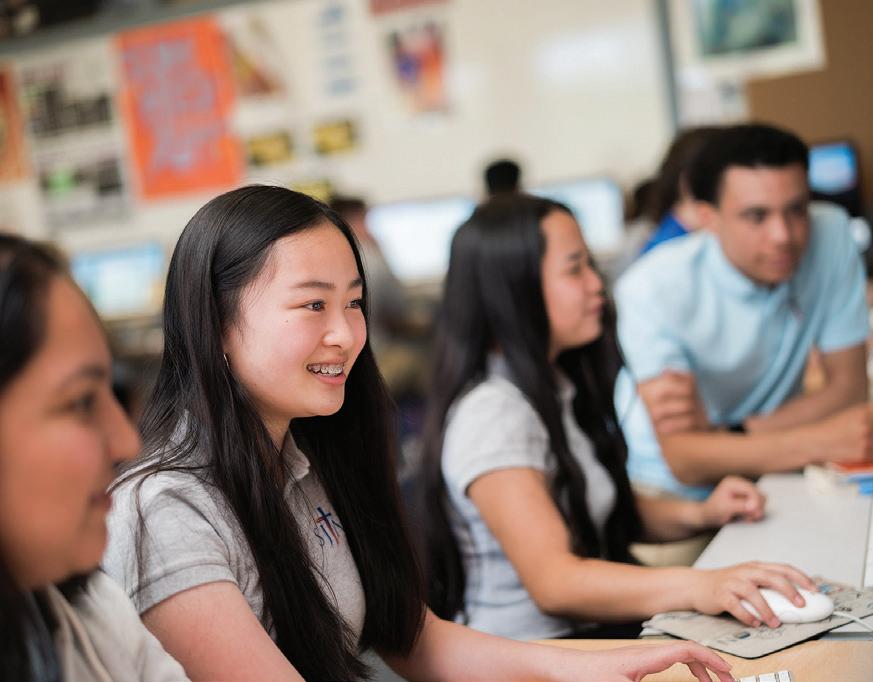
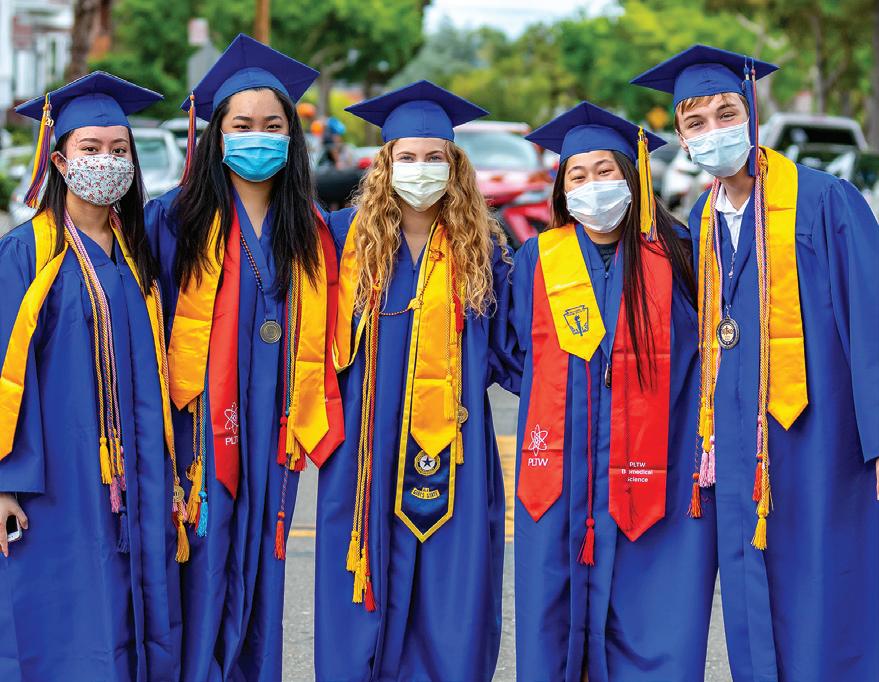
A small school that opens a world of possibility.
There is a shared sense of belonging and community students feel walking onto Saint Joseph Notre Dame High School’s campus. Beyond our welcoming community you’ll find a diverse student body coupled with a rigorous academic environment where students confidently navigate their personal path to college. Nestled on a beautiful, tree-lined street in the heart of Alameda, SJND has been educating the leaders of tomorrow since 1881. Schedule your visit at www.sjnd.org/admission today! Saint Joseph Notre Dame High School 1011 Chestnut St, Alameda | 510-995-9458 | www.sjnd.org
Ecole Bilingue de Berkeley: Preschool through Grade 8 French-American-International
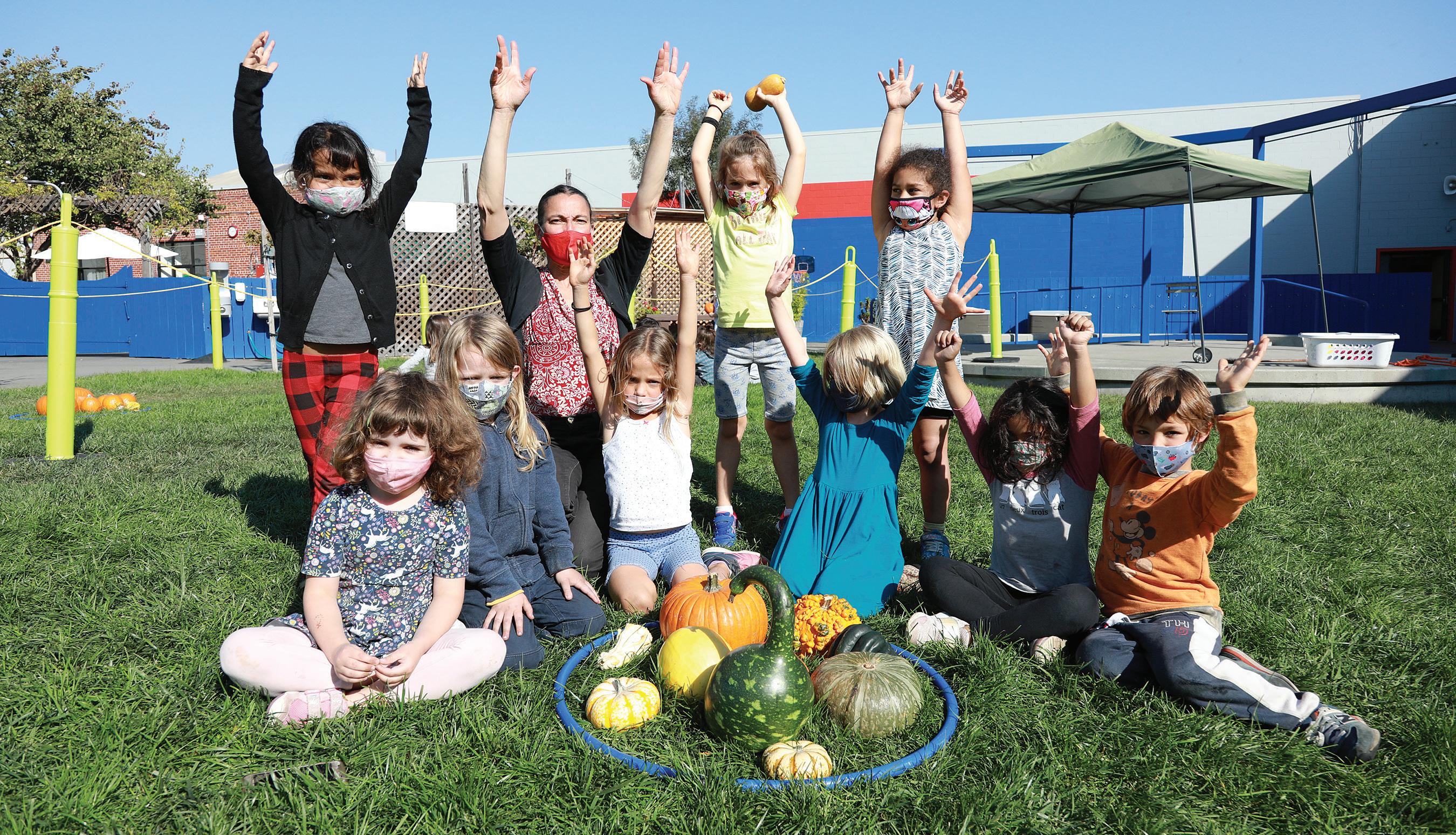
We are accepting applications for the 2022-23 school year!
Ecole Bilingue de Berkeley is a preschool-8th grade bilingual immersion school where students learn in French and English. Most students will start in our Preschool or Kindergarten classes but we also have an opportunity for students to start in grade 6 with no prior experience with the French language, with our Middle School International Track.
We believe that when students see the world without borders or barriers, they can confidently and capably seize any opportunity. Every day our students learn to speak, write, and think in two languages, becoming open-minded, adaptable learners who discover their best selves while respecting the differences of others.
We can’t wait for you to discover our bilingue program or International Middle School.
To schedule a virtual info session, fill out an inquiry form or contact the Admission Office visit, www.eb.org/admissions

Celebrating nearly 135 years of inspired learning, HeadRoyce is a K-12 community nestled in the Oakland Hills that uniquely serves Bay Area families seeking a transformative educational experience in a diverse and inclusive setting. The School strives to nurture each student’s imagination, creativity, and love of learning through the teaching of a rigorous college preparatory curriculum following the three core values of scholarship, diversity, and citizenship.
With an experience that is equal parts educational excellence, social emotional learning, advocacy, and belonging, students emerge as lifelong learners prepared to lead with joy, purpose, and compassion. Learn more at: www.headroyce.org.
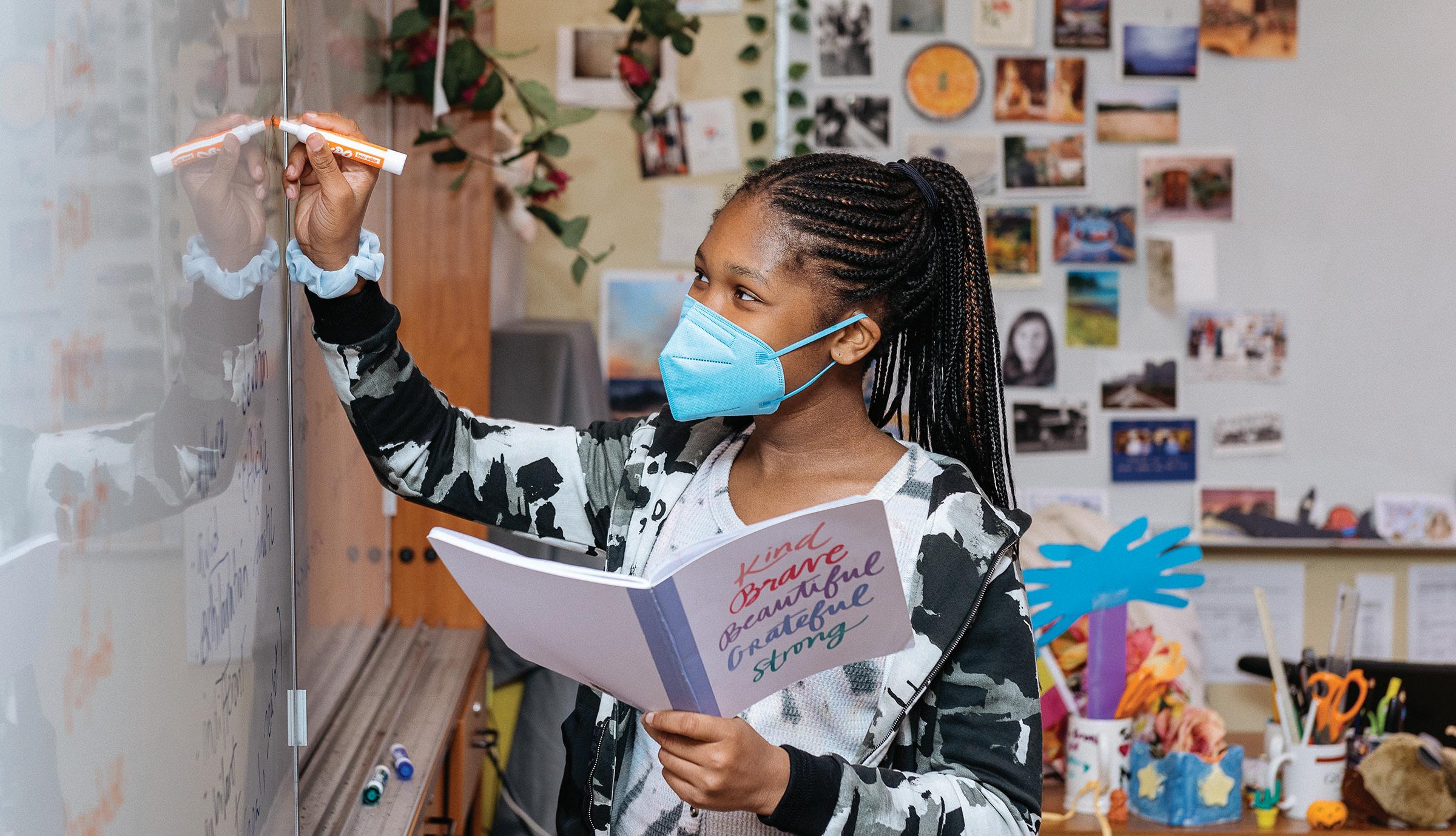
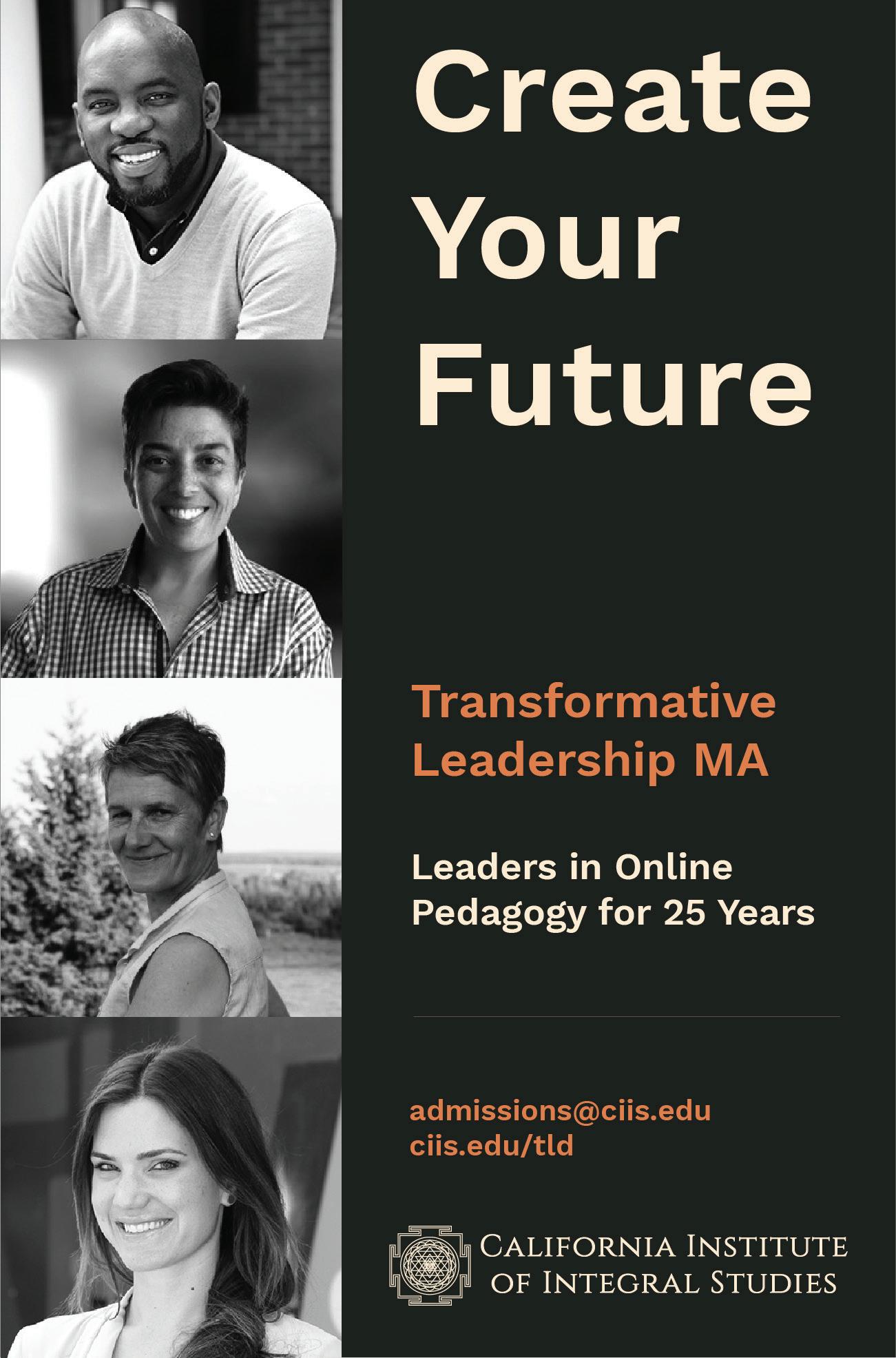
Transformative Leadership online MA at CIIS: Change yourself. Change the world.
The Transformative Leadership online Masters program at the California Institute of Integral Studies, CIIS, offers not just an education, but an experience.
The program is designed for individuals who want to combine personal growth with making a positive contribution in the world while leading a meaningful life. It combines a rich range of philosophies, research findings, and experiences with the development of practical skills to help you achieve your goals. Whether you are exploring a new direction in life or want to enrich your own ability to lead your life in your current world, the program offers a transformative experience that will be creative, challenging, and deeply rewarding.
We have over 25 years experience in online graduate education. You will engage in rich interaction with students and faculty in small, intimate classes with personalized attention.
Find out more about our creative, non-traditional leadership degree for creative, non-traditional leaders at ciis.edu/tld.

Sacred Heart Cathedral Preparatory: Leadership in Action
Sacred Heart Cathedral’s story is one of innovation and purpose, of serving Bay Area youth since 1852. We have played a part in the history of San Francisco, just as it has played a part in ours. Today, we continue to welcome the Bay Area’s brightest students to our inclusive community, preparing them for success with a dynamic curriculum, integrated technology, and engagement with enthusiastic and innovative teachers.
Students and their families choose SHC for the strength of our academics, our faith and values, our extensive array of cocurricular opportunities, and for the warmth of our inclusive and nurturing community. Our students are compassionate, motivated, resourceful, independent, service-oriented leaders who give life to our motto, Enter to Learn, Leave to Serve.
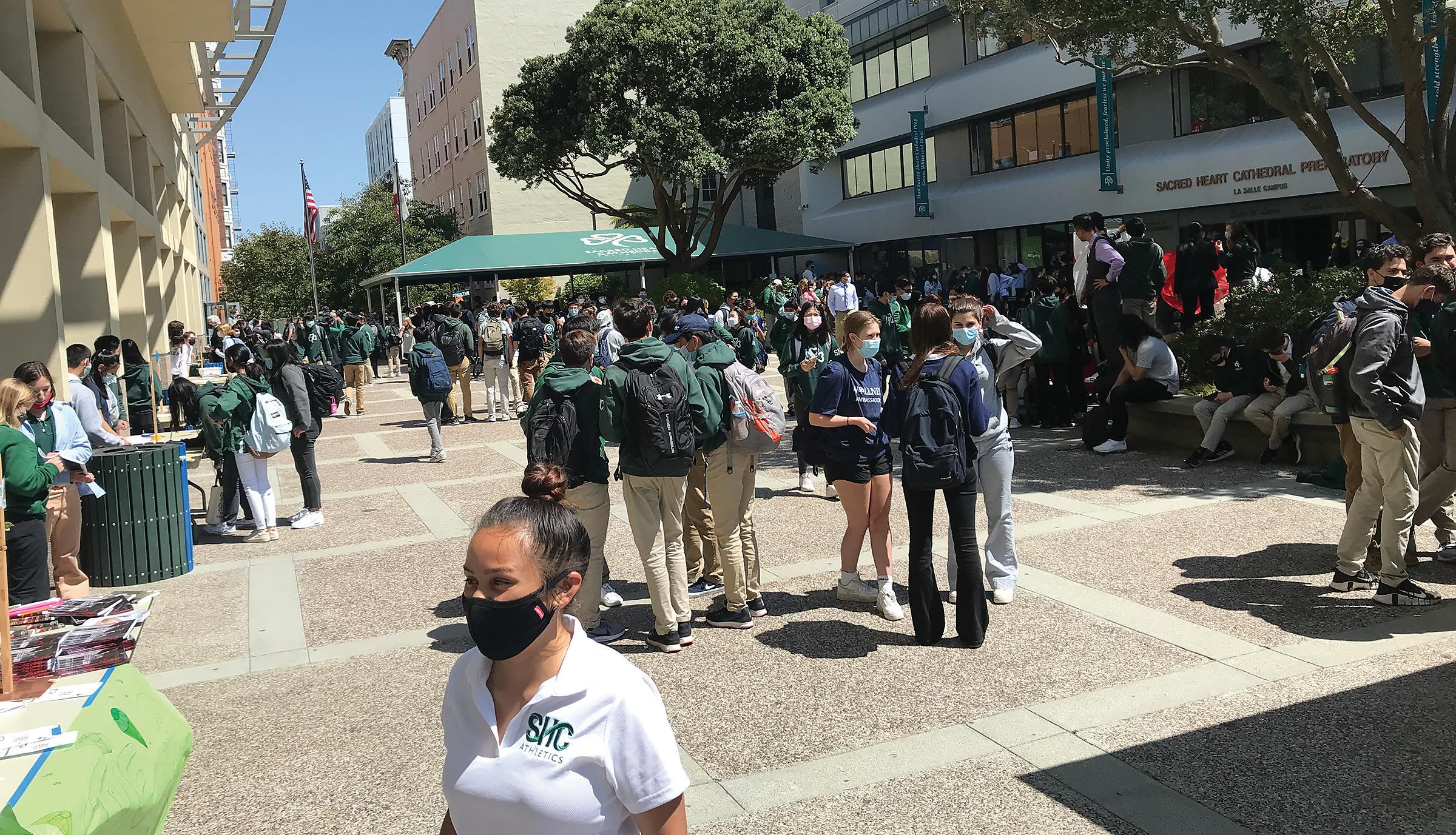
»means rescue, silence means we miss the opportunity of hope, of taking lifeaffirming action just in time to launch real change. All of which is why Learning in Public is simultaneously a mighty uncomfortable book to read and an essential one.
Martin comes to her fifth book having previously written, edited or coauthored Perfect Girls, Starving Daughters (2007), The Naked Truth: Young, Beautiful, and (HIV) Positive, with Marvelyn Brown (2008), Do It Anyways: The New Generation of Activists (2010) and The New Better Off: Reinventing the American Dream (2016), among others. She writes a well-received, free, subscription-based newsletter, Examined Family, and is cofounder of the Solutions Journalism Network and the Bay Area chapter of Integrated Schools. Born in Colorado Springs, she received a bachelor’s in political science and sociology from New York City’s Barnard College. Martin holds a Master of Arts in writing and social change from New York University and lives with her family in a co-housing community in Oakland. A percentage of Learning in Public’s book sales and associated speaking fees will be donated to Emerson Elementary, Equity Allies for OUSD, Integrated Schools, The Learning Forest and LiberatED.
Learning in Public, a story with limitedbut-vital footnotes, is told in four sections: “Choosing,” “Arriving,” “Clashing” and “Reckoning.” A Coda provides welcome updates on the people whose voices are primary—their names, if they are public figures, are unchanged; otherwise, pseudonyms are used. Notes, resources and questions for discussion or reflection invite extended investigations or conversations. Martin states in the preface that her goal is to reveal her heart, to examine how she as a white writer and other privileged writers craft and decide how and what stories get told. It is both a blessing and a curse that the lens of Learning in Public does these things effectively. White blindness is evident in even the heart of a writer like Martin; clearly a person of privilege, but also a woman sincere in fighting against the tide of her own white bias and a mother determined »
COVER PHOTO COURTESY OF LITTLE, BROWN AND COMPANY » not to turn her daughter into “an experiment.”
The chapter on choosing Emerson Elementary for her daughter presents statistics about Black and Brown kids in desegregated K-12 schools. Drawing from Rucker C. Johnsons’ Children of the Dream, Why School Integration Works, Martin states a five-year exposure to integrated education results in downthe-line benefits such as Black and Brown students as adults achieving a 15% increase in wages and a 30% increase in annual earnings; as well as a decline of 11 percentage points in adulthood poverty and a 25% increase in annual family income. Black students in desegregated schools can specifically look forward to better overall health and longer life-expectancy, with less obesity, hypertension and cardiovascular disease as they age.
Martin tells of visits and tours she took at Emerson and other public and private schools in her family’s Temescal neighborhood or located nearby in Oakland. The whopping cost of Park Day School—$29,000 annually, plus fees and other expenses—is not the only reason she steers her daughter to Emerson, but it is a striking note for anyone who has never considered or had cause to examine private school tuition.
“Arriving” is a troubling section that shows white blindness beyond color—Martin is most infuriating when she plays hairdresser and substitutes multiple barrettes for beaded cornrows requested by her young daughter. Sure, her daughter avoids colonizing a

hairstyle, but the author seems to miss having trapped yet one more girl child’s pride in the frame of physical grooming and attractiveness. She writes, “Is there anything better than how damn satisfied a four-year-old girl is with her own reflection in a mirror?”
Martin’s revelations and realizations as a mother are complex, ongoing, sometimes paradoxical or outright illogical and never a monolith. Which means the chapter also includes wonderful insights and deeply-researched information about transportation and specifically, busing, being used as an excuse not to integrate schools. The negative impacts of inequitable funding and charter schools on Oakland’s public schools add valuable context, as do intriguing side-thought wanderings. While her daughter at Emerson learns Martin Luther King Jr. “wanted his children to be able to go to the same schools, eat the same lunches, and drink from the same water fountains as other kids,” she is aware of lurking danger in that her daughter has to yet to hear another quote from the civil rights leader: “I have almost reached the regrettable conclusion that the Negro’s great stumbling block in his stride toward freedom is not the White Citizen’s Councilor or the Ku Klux Klanner, but the White moderate who is more devoted to ‘order’ than to justice; who prefers a negative peace which is the absence of tension to a positive peace which is the presence of justice.”
In addition to documenting school and school-district board meetings, drop-offs and pick-ups, back-to-school nights and PTA gatherings, section three’s “Clashing” has Martin visiting Mrs. Minor, a teacher from whom her daughter has benefited, but who has left her teaching job at Emerson to start a preschool for Black children in her home. Martin questions Mrs. Minor, sometimes relentlessly or in ways that seem patronizing to the outside eye, with requests for guidance about how she might better construct a white moral life. To her credit, she later presents what has been made evident by her fumbling with earnest—and underscore this, honest—intention to learn from Mrs. Minor. This time drawing from a comment about Black educators and parents and integration made to her by Director of American Studies at Cornell University Dr. Noliwe Rooks, Martin writes, “Many of the educators who supported integration were hoping it would begin with teachers and administrators switching schools. Let the adults get on the same page and then start moving the kids in both directions.” Later, Rooks tells her that past generations of Black people believed, and many Black people today continue to believe, that white Americans are ambivalent and fearful of Black Americans. Because of that, they are unable to love Black children and, “without love, you can’t teach.”
“Reckoning” comes with blunt lessons: the truth hurts, racism is a moral debt unpaid and possibly unpayable and is akin to hidden guilt that is “that jar buried in the backyard.” The Emerson school barely survives a battle with two visions for improvement that clash—one has “strict, achievementobsessed” leadership; the other has Black leaders and teachers who are “committed to Afrocentric excellence.” A last question posed and answered by Martin turns the spotlight back to her original quest: “So, what do you do when you wake up in the middle of your life and realize you have been dropped down in the middle of a story, in the middle of unjust systems, in the middle of a country’s profound reckoning?” Her answer: “Stop looking away.”
Applied to Learning in Public, the three-word directive suits. If Martin’s book sometimes divests Black people of individuality or at its worst reduces people of color to caricatures as if they are unusual specimens to be examined under a microscope or slips young girls into Snow White “fairest of all” configurations, it also celebrates the intense joy of seeing the next generation of kids shed their parents’ hangups. Addressing racism causes scratches and grime under nails, discordant discussions, arguments, chaos and accusations, and leaves unanswerable questions on the table. But that is no excuse for turning away; it is the best reason for returning time and again to the table. It is this hope that is worth all the trouble: that by not looking away, Martin’s daughter— and children of every gender, race and economic status—will do better than we did while learning in public. ❤





